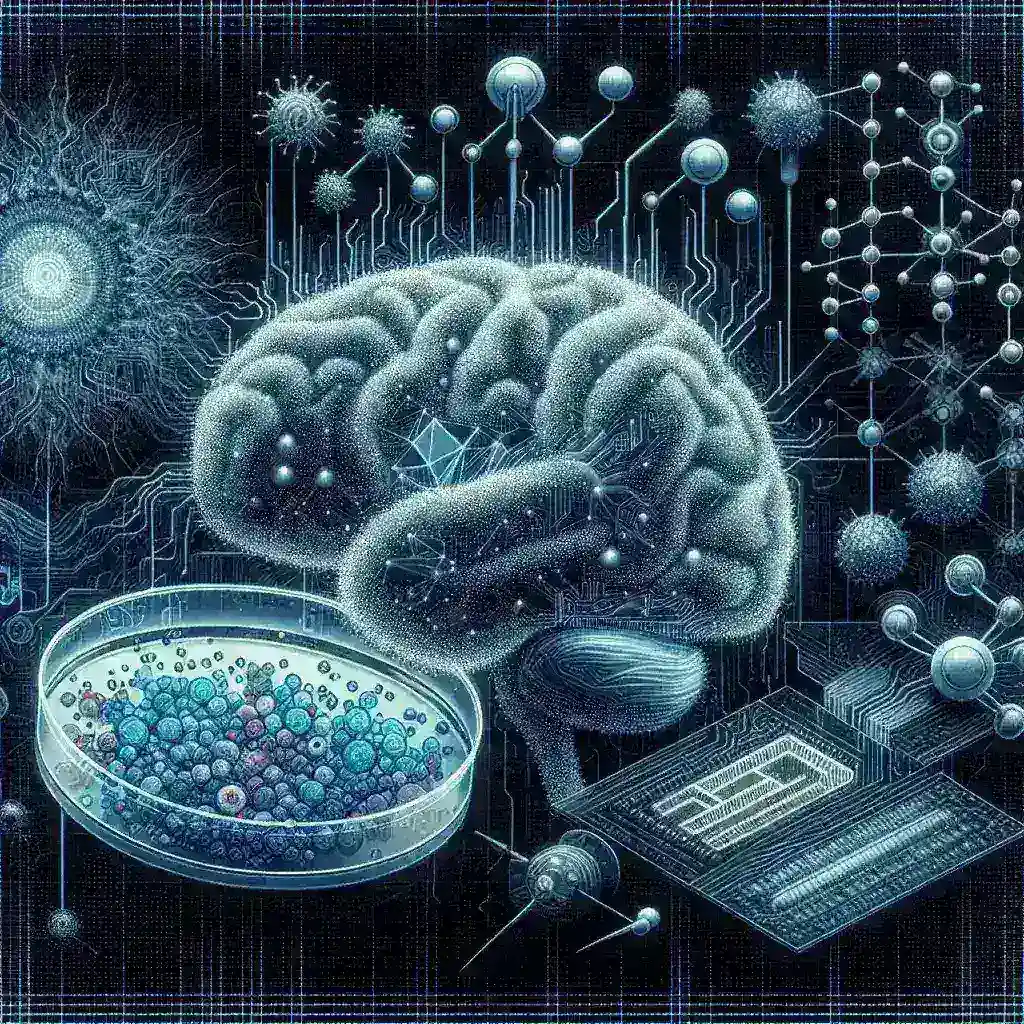Understanding Public Data Collection in Modern Society
In today’s interconnected world, public data collection has emerged as a cornerstone of effective governance and societal progress. This systematic gathering of information from various sources enables governments, organizations, and researchers to make informed decisions that directly impact millions of lives. From traffic patterns to health statistics, public data collection encompasses a vast array of information that shapes our daily experiences.
The significance of public data extends far beyond simple record-keeping. It represents a fundamental shift toward evidence-based policy making, where decisions are grounded in empirical evidence rather than assumptions or political preferences. This transformation has created unprecedented opportunities for improving public services, enhancing quality of life, and addressing complex societal challenges.
Urban Planning and Smart City Development
One of the most visible applications of public data collection lies in urban planning and smart city initiatives. Modern cities generate enormous amounts of data through various sensors, mobile devices, and digital infrastructure. This information provides city planners with invaluable insights into population movements, resource utilization, and infrastructure needs.
Traffic management systems represent a prime example of effective data utilization. Cities like Singapore and Amsterdam use real-time traffic data to optimize signal timing, reduce congestion, and improve air quality. These systems collect information from traffic cameras, GPS devices, and mobile applications to create dynamic routing solutions that adapt to changing conditions throughout the day.
Housing and development planning also benefits significantly from demographic data collection. By analyzing population growth patterns, income distributions, and housing preferences, city planners can make informed decisions about zoning regulations, affordable housing projects, and infrastructure investments. This data-driven approach helps prevent urban sprawl while ensuring adequate resources for growing populations.
Environmental Monitoring and Sustainability
Public data collection plays a crucial role in environmental protection and sustainability efforts. Air quality monitoring networks in major cities worldwide collect continuous data on pollutant levels, enabling authorities to issue health warnings and implement targeted interventions when necessary.
Water quality management systems utilize sensor networks to monitor contamination levels, pH balance, and bacterial content in public water supplies. This real-time monitoring capability allows for immediate responses to potential health threats and helps maintain public trust in municipal water systems.
Climate change research heavily relies on long-term data collection from weather stations, satellite imagery, and ocean monitoring systems. This information enables scientists to track environmental changes, predict future trends, and develop mitigation strategies. The National Oceanic and Atmospheric Administration exemplifies how comprehensive data collection supports global climate research initiatives.
Healthcare and Public Health Applications
The healthcare sector has witnessed remarkable transformations through strategic public data collection. Electronic health records, disease surveillance systems, and population health databases provide healthcare professionals with comprehensive insights into community health patterns and emerging threats.
Disease outbreak tracking represents one of the most critical applications of public health data collection. The COVID-19 pandemic highlighted the importance of robust data collection systems in tracking infection rates, identifying hotspots, and coordinating public health responses. Countries with well-established surveillance systems were better equipped to implement targeted interventions and allocate resources effectively.
Vaccination programs benefit enormously from comprehensive data collection systems that track immunization rates, identify vulnerable populations, and monitor vaccine effectiveness. This information enables health authorities to optimize distribution strategies and address hesitancy through targeted education campaigns.
Mental Health and Social Services
Public data collection extends beyond physical health to encompass mental health and social welfare applications. Social services departments utilize demographic data, economic indicators, and service utilization patterns to identify communities in need and allocate resources accordingly.
Homelessness prevention programs rely on data collection to understand the root causes of housing instability and develop effective intervention strategies. By tracking factors such as employment rates, housing costs, and social service accessibility, authorities can implement proactive measures to prevent homelessness before it occurs.
Transportation and Mobility Solutions
Modern transportation systems depend heavily on continuous data collection to optimize efficiency and safety. Public transit agencies collect ridership data, route performance metrics, and passenger feedback to improve service quality and expand coverage to underserved areas.
Predictive maintenance in transportation infrastructure utilizes sensor data to monitor the condition of bridges, roads, and railway systems. This proactive approach helps prevent catastrophic failures while optimizing maintenance schedules and reducing long-term costs.
Ride-sharing and mobility-as-a-service platforms generate vast amounts of data that inform transportation planning decisions. This information helps identify gaps in public transit coverage and supports the development of integrated mobility solutions that combine various transportation modes.
Safety and Emergency Response
Emergency response systems rely on real-time data collection to coordinate rescue efforts and allocate resources during crises. Emergency call data, location information, and resource availability databases enable first responders to make critical decisions under pressure.
Crime prevention and public safety initiatives utilize data analytics to identify crime patterns, predict potential incidents, and deploy patrol resources more effectively. While these applications raise important privacy considerations, they have demonstrated significant potential for improving community safety when implemented responsibly.
Education and Social Development
Educational institutions and policymakers use public data collection to assess learning outcomes, identify achievement gaps, and develop targeted interventions. Student performance data, attendance records, and socioeconomic indicators help educators understand the factors that influence academic success.
Resource allocation in education benefits from comprehensive data analysis that considers enrollment trends, demographic changes, and community needs. This information supports decisions about school construction, teacher hiring, and program development.
Early childhood development programs utilize data collection to track developmental milestones, identify at-risk children, and coordinate support services. This proactive approach helps ensure that all children have access to the resources they need for healthy development.
Economic Development and Business Intelligence
Public data collection supports economic development initiatives by providing insights into business trends, employment patterns, and economic indicators. Local governments use this information to attract investment, support entrepreneurship, and create favorable business environments.
Labor market analysis relies on employment data, wage statistics, and skills assessments to identify workforce development needs and guide training programs. This information helps align educational offerings with market demands and supports career development initiatives.
Tourism and Cultural Heritage
Tourism boards utilize visitor data, spending patterns, and satisfaction surveys to develop marketing strategies and improve tourist experiences. This information helps destinations understand their competitive advantages and identify opportunities for growth.
Cultural heritage preservation efforts benefit from data collection that documents historical sites, monitors conservation needs, and tracks visitor impacts. This information supports preservation planning and helps balance public access with conservation requirements.
Challenges and Ethical Considerations
Despite its numerous benefits, public data collection faces significant challenges related to privacy, security, and ethical use. Citizens rightfully expect their personal information to be protected and used responsibly, creating a need for robust governance frameworks and transparency measures.
Data privacy regulations such as the General Data Protection Regulation (GDPR) establish important guidelines for data collection and use. These frameworks require organizations to obtain informed consent, limit data collection to necessary purposes, and provide individuals with control over their personal information.
Algorithmic bias represents another critical concern in public data applications. When data collection systems reflect historical inequalities or demographic biases, they can perpetuate discrimination and reinforce existing disparities. Addressing these issues requires careful attention to data quality, representative sampling, and inclusive design principles.
Digital Divide and Accessibility
The effectiveness of public data collection depends on broad participation and representation across all segments of society. The digital divide, which limits access to technology and digital literacy among certain populations, can create gaps in data collection that undermine the accuracy and fairness of data-driven decisions.
Ensuring equitable access to digital services and maintaining alternative data collection methods for underrepresented populations are essential for creating inclusive public data systems.
Future Trends and Innovations
The future of public data collection promises exciting developments in artificial intelligence, machine learning, and Internet of Things (IoT) technologies. These advances will enable more sophisticated analysis, real-time decision making, and predictive capabilities that can anticipate and prevent problems before they occur.
Federated learning and privacy-preserving technologies offer promising solutions for maintaining data utility while protecting individual privacy. These approaches allow organizations to collaborate on data analysis without sharing sensitive information directly.
Blockchain technology may provide new opportunities for creating transparent, tamper-proof data collection systems that enhance public trust while maintaining data integrity. Smart contracts could automate data sharing agreements and ensure compliance with privacy regulations.
Conclusion: Building a Data-Driven Future
Public data collection represents a powerful tool for addressing complex societal challenges and improving quality of life for communities worldwide. From urban planning to healthcare, transportation to education, the applications of public data continue to expand and evolve.
Success in implementing effective public data collection systems requires careful attention to privacy protection, ethical considerations, and inclusive design principles. By balancing the benefits of data-driven decision making with respect for individual rights and community values, we can harness the full potential of public data collection while maintaining public trust and support.
As we move forward, the continued development of innovative technologies and governance frameworks will shape the future of public data collection. The ultimate goal remains the same: using information responsibly and effectively to create better outcomes for all members of society.



